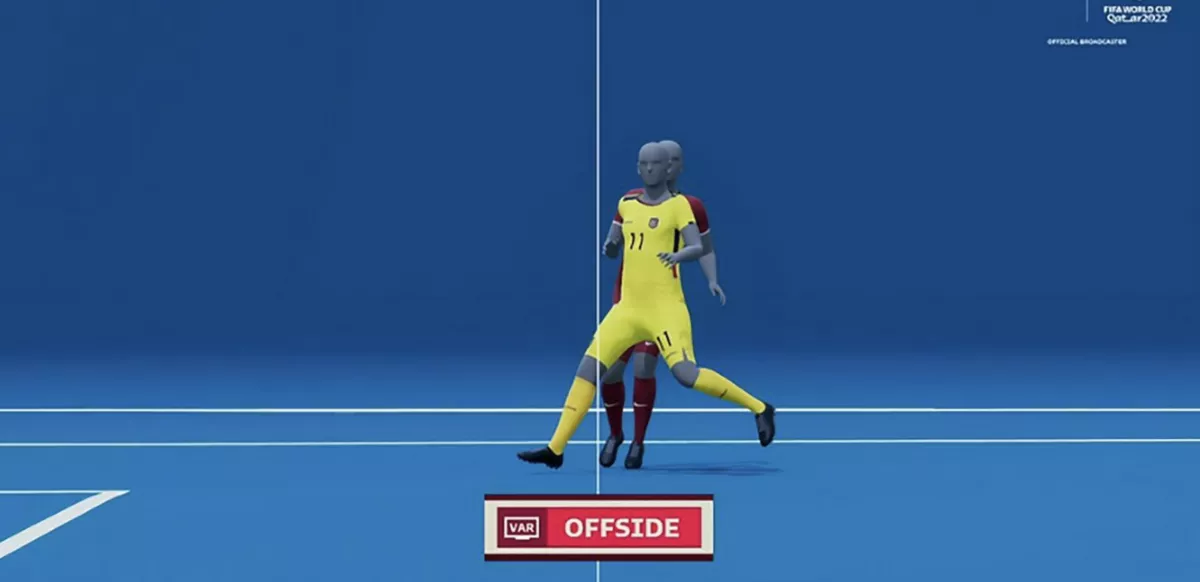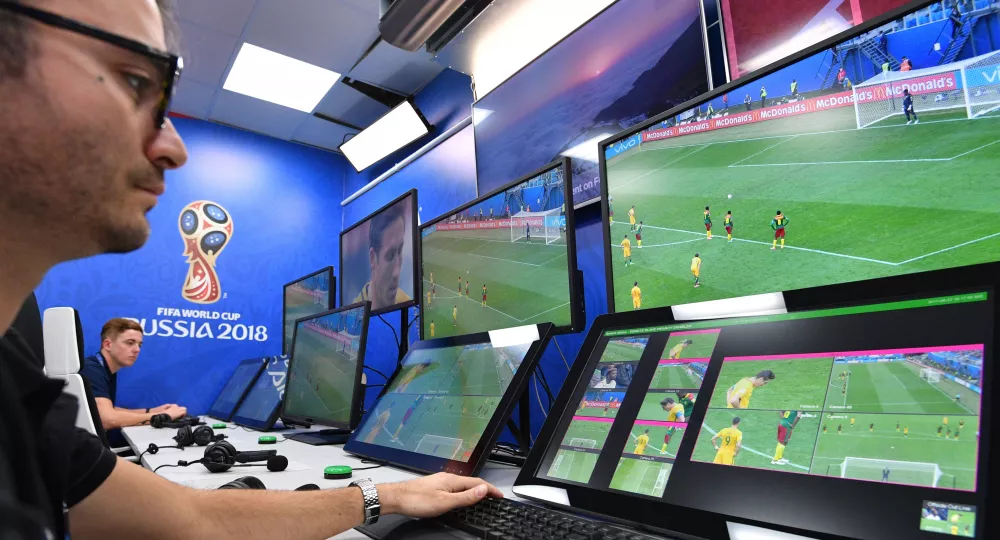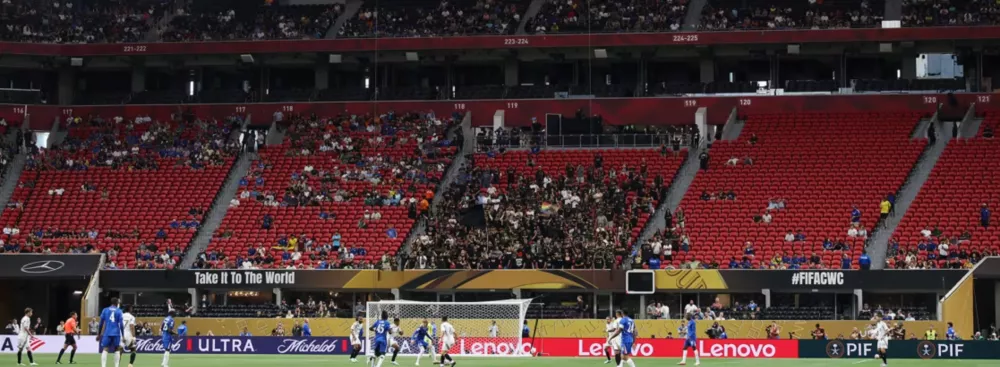How VAR Works in Soccer – And Whether It Improves the Game
What Is VAR?
VAR (Video Assistant Referee) is a technology system used in soccer to help referees make more accurate decisions in critical moments. It involves a team of officials reviewing video footage and communicating with the on-field referee.
When Is VAR Used?
VAR can only intervene in four specific scenarios:

- Goals: To check for offside, fouls, or handballs during the build-up.
- Penalties: To confirm or overturn a penalty decision.
- Red Cards: Only for straight red cards (not second yellows).
- Mistaken Identity: To correct if the wrong player is penalized.
How Does VAR Work?
- The referee makes an on-field decision.
- VAR officials review the footage in real-time and in slow motion.
- If a clear and obvious error is found, they alert the referee.
- The referee either accepts the advice or reviews the footage on a pitch-side monitor before making a final decision.
Does VAR Lead to a Better Game?
Advantages
- Improved accuracy: VAR reduces major errors in critical decisions.
- Fairer results: Helps avoid unfair goals or wrongful dismissals.
- Support for referees: Gives officials a second chance to evaluate key incidents.
Disadvantages
- Game flow disruption: Reviews can delay matches and affect momentum.
- Subjective interpretation: Not all decisions are clear-cut even with video.
- Fan frustration: Delays and unclear communication can irritate fans, especially in stadiums.
Conclusion
VAR has significantly reduced critical refereeing mistakes, but it remains controversial. While it improves fairness and accuracy, it also introduces delays and doesn’t eliminate debate. The impact on the game largely depends on how consistently and transparently it’s applied.






